Containers for the Urban Garden | Types of Culture Vessels
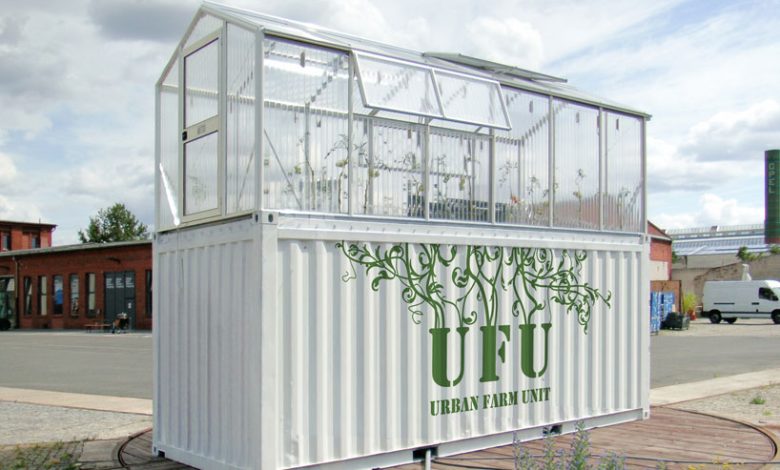
An important part of garden planning is the choice of urban garden containers or growing containers. The first step before choosing the containers and deciding on one container or another is to know what its location and the available space will be.
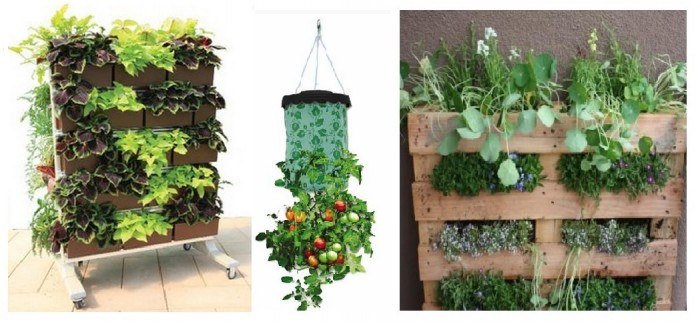
culture vessels
We do not have to choose a single type of container for the installation of our garden, but we can combine several types of pots or containers playing with the aesthetics and functionality of each one of them.
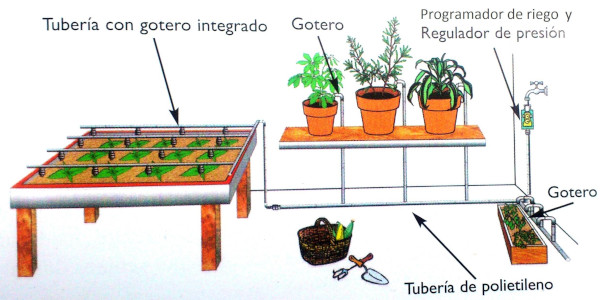
There are endless options: many types of pots and drawers of different sizes and materials are sold, and many other containers or recycled growing containers that we can improvise ourselves by recycling containers, boxes, bottles… as long as they meet certain requirements.
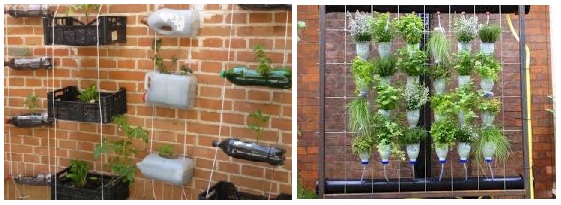
Characteristics of the containers or containers for the garden
Next we will see what are the appropriate characteristics that the containers for sowing should have.
1. Lightness and easy handling
To facilitate the installation, use and transport and that the structure of the building is not overloaded. The cultivation tables are one of the most used containers for urban gardens. They allow us to work very comfortably and, due to their height, they are very practical for the elderly or people with reduced mobility.
2. Good drainage of the substrate
It is essential that the containers are provided with holes for the elimination of excess water, since if this is not the case, rot or suffocation of the roots can occur. To facilitate drainage, the presence of a drainage layer of a few centimeters is also important -depending on the total depth of the container- made up of gravel poured on a fine mesh or permeable textile that prevents the gravel from escaping through the holes. of the container.
3. Sufficient soil volume (size)
Even if the depth is not very great (10-20 cm), the plants will be able to develop perfectly if the total volume of the culture container is sufficient, since the roots will spread out horizontally. For example, aubergines can be safely grown in 15cm deep containers and the roots will spread laterally up to a meter. (But… take note: it is very important if we use elongated containers to leave enough space between plants, so that their roots can develop well).
The choice of culture containers will also be influenced by the type of plant that will grow in them, since some crops require more space than others for the development of the roots or root system. In general, as you might expect, smaller plants need less volume than larger ones:
- SHALLOW ROOT SYSTEM (less than 30 cm): Celery, onion, escarole, lettuce, potato, radish.
- INTERMEDIATE ROOT SYSTEM (30-60 cm): Eggplant, broccoli, cabbage, cauliflower, melon, cucumber, tomato, carrot.
- DEEP ROOT SYSTEM: Artichoke, pumpkin, asparagus, red cabbage, melon, watermelon.
To give you an idea, the space needed by the roots must be equivalent to that occupied by the aerial part (what we see outside the ground). So if we have little space, some planters on the balcony, for example, it is best to opt for vegetables that do not reach much volume: lettuce, carrots, spinach, garlic, arugula, radishes, strawberries, aromatic plants…
The depth of the crops is also a criterion that can be taken into account when choosing the appropriate association of crops of some vegetables with others in the different cultivation containers.
4. Adequate thermal insulation
The temperature of the substrate must be kept relatively homogeneous throughout the year, otherwise the roots can be damaged, especially by frost or, in summer, if the container overheats in the sun.
In large containers, as there is a large volume of substrate, the amount of heat transmitted by the container is not significant, so you do not have to worry too much about the material. However, for small or medium sizes, and if we are in areas with large temperature fluctuations between one season and another, it is advisable to use planters and pots made of materials such as wood or ceramic, more insulating than plastic or metal.
5. Harnessing light
Multi-storey planters or shelves can be useful to save space but they are not highly recommended because the planters on the lower floors will be shaded by the ones above them.
If you want to take advantage of the space vertically, opt for walls with vertical planters, hanging pots or «homemade» vertical gardens made with boxes or pallets.
Growing Containers: Types of Containers for the Garden
There are many types of containers for the garden, of different shapes and sizes, as well as countless recycled containers that can be used to grow crops.
Below we will see some of the most common cultivation containers in urban gardens.
Pots and planters
Pots and planters are the quintessential cultivation containers, and they are also used to plant vegetables and other garden plants (see post on how to make a flowerpot).
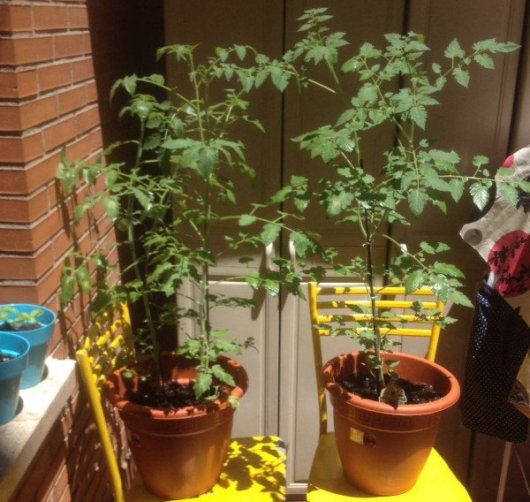
Their main advantages are that they weigh very little (in the case of plastic pots) and they are cheap. If, in addition, we choose ceramic pots or planters, we will have better thermal insulation.
Biodegradable pots for the organic garden
Biodegradable pots are special containers for making seedbeds. When the plants have grown sufficiently, these containers are buried in the ground or in the garden containers without the need for transplanting.
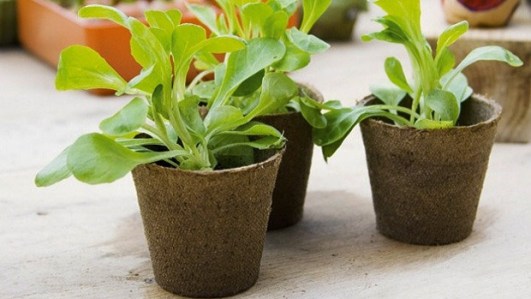
More information in the post about biodegradable pots.
wooden containers
The advantage of these containers for the garden is that they do not weigh too much and have good thermal insulation. In addition, some have wheels that allow them to be easily transported.
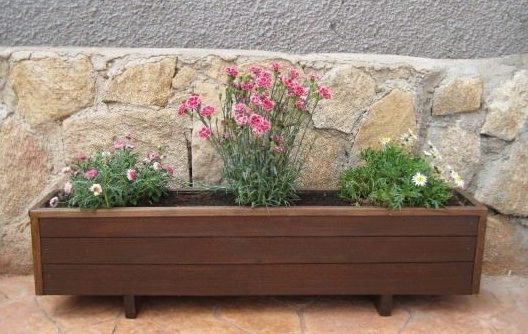
concrete planters
Garden plants can also be grown in pots or concrete containers, which are very aesthetic and withstand any temperature.
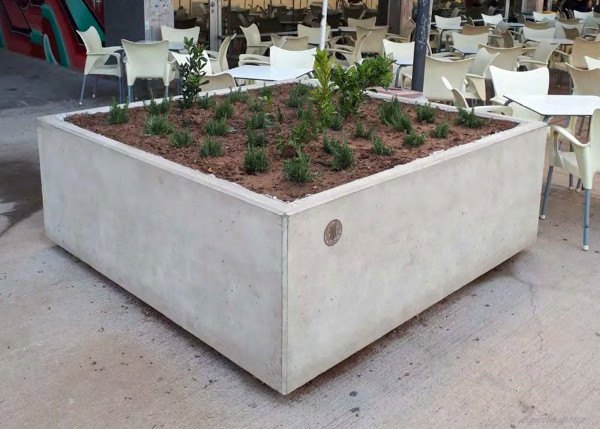
The disadvantage is their weight, which prevents us from being able to move them easily once they are filled with the growing medium.
cultivation tables
There are many advantages of growing tables. They can be moved from one place to another since they are usually equipped with wheels and, due to their height, they make cultivation tasks more comfortable, making them the ideal containers for the elderly or people with reduced mobility.

In the post about types of cultivation tables we saw in more detail different materials and sizes of tables to grow vegetables.
Drawers or terraces for the garden
Grow boxes are very versatile containers: they can be assembled to any size and height by adding pieces.
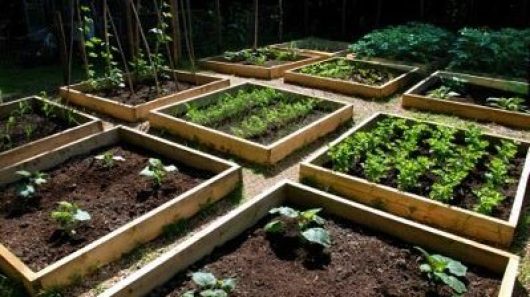
If they are not on natural ground, they must be provided with adequate drainage at the bottom: place them on pallets, for example, so that the water can escape). More about this in the post How to make recycled terraces.
geotextile bags
They are pretty, easy to transport, sweat and weigh little.
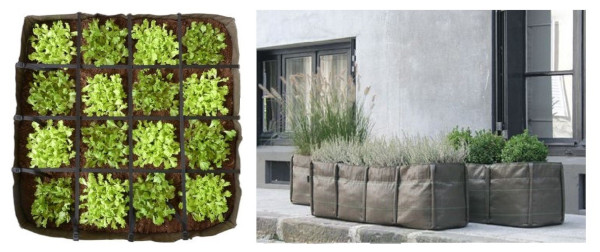
vertical planters
Vertical planters are suitable growing containers for patios with little sun as, being taller, they can receive light for a longer time.
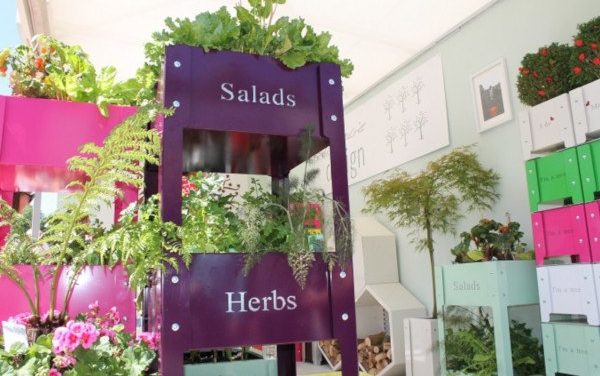
It also has advantages in terms of the use of space (they occupy less horizontal surface than a garden on the ground).
recycled containers
The main advantage is that they are cheaper, made «to measure» according to our needs, like these recycled culture containers made with concrete blocks.

As we have mentioned before, we can build many types of pots for the garden and recycled planters: with plastic bottles, pallets, fruit boxes, stacked tires, garbage containers… Let your imagination run wild! More ideas about recycled containers in the post « Recycled materials in the urban garden «.
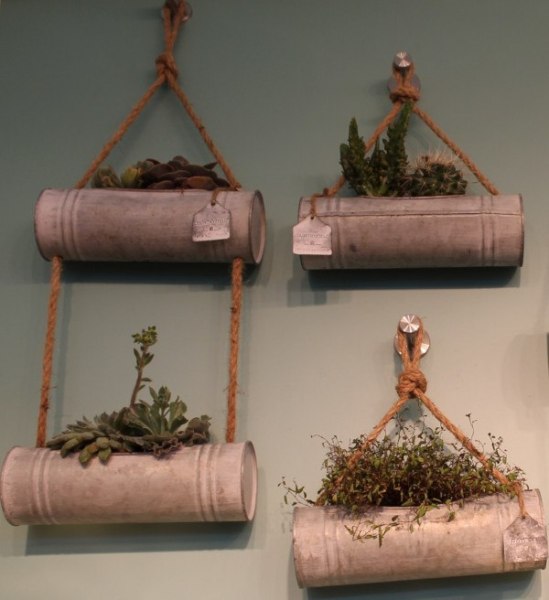
You can also read more about new original containers in the post « Chealsea Flower Show: new ideas for urban garden containers «, where you can find containers for vertical gardens such as these small recycled pots made with tin containers.
References
- Stephens, JM, 1994. Minigardening (Growing Vegetables in Containers). IFAS Extension (HS708). University of Florida (USA).
- Grassbaugh, EM & Bennett, MA, 1998. Factors affecting vegetable stand establishment. Scientia Agricola, vol. 55, p. 116-120.
- FAO, 2003. Technical Manual: The Popular Hydroponic Garden. Audiovisual Course. FAO Regional Office for Latin America and the Caribbean.
- Lemaire, F., 2005. Pot and container crops. Agronomic Principles and Applications: Agronomic Principles and Applications. Ed. Mundi-Press. ISBN: 8484765040.
- Schonwald, J. & Pescio, F., 2015. My House, My Garden: Urban Farming Techniques. INTA Editions, Ministry of Agriculture, Livestock and Fisheries (Argentina).
- Diputación de Alicante, 2016. Manual of sustainable gardens at home. Environment Department (Alicante Provincial Council, Spain).

![Photo of Cultivate Living Room Palm Tree: [Light, Care, Substrate and Irrigation]](https://www.complete-gardening.com/wp-content/uploads/2022/08/cultivate-living-room-palm-tree-light-care-substrate-and-irrigation-390x220.jpg)
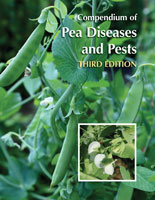
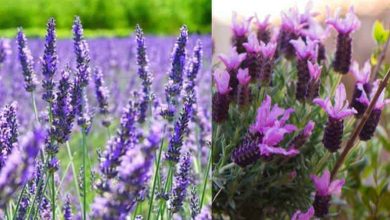
![Photo of Aeoniun Arboreum: [Crop, Irrigation, Associations, Pests and Diseases]](https://www.complete-gardening.com/wp-content/uploads/2021/06/Aeoniun-Arboreum-scaled-1-390x220.jpg)